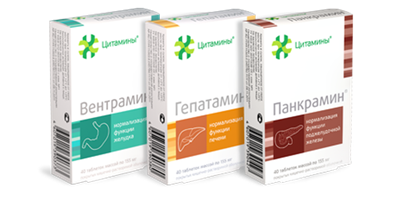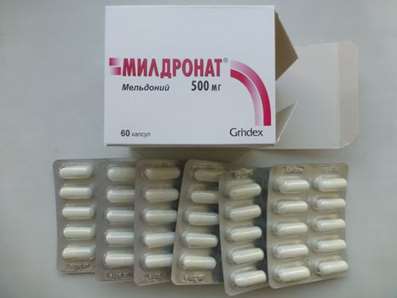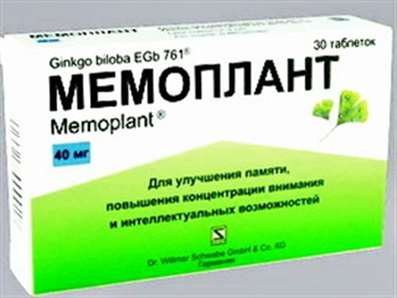Instruction for use: Tobrason
I want this, give me price
Active substance Dexamethasone + Tobramycin
ATX code S01CA01 Dexamethasone in combination with antimicrobials
Pharmacological group
Glucocorticosteroids in combinations
Ophthalmic agents in combination
Nosological classification (ICD-10)
H01.0 Blepharitis
Blepharitis, Inflammation of the eyelids, Inflammatory diseases of the eyelids, Demodectic blepharitis, Superficial bacterial infection of the eyes, Superficial infection of the eye, Scaly blepharitis
H10.1 Acute atopic conjunctivitis
Allergic conjunctivitis, Allergic eye disease, Allergic conjunctivitis, Allergic conjunctivitis is caused by chemical and physical factors, Allergic rhinoconjunctivitis,Allergic inflammation of the eye, Spring catarrh, Spring keratitis, Spring conjunctivitis, allergic Conjunctivitis, Perennial allergic conjunctivitis,Exacerbation of pollen allergy in the form of Syndrome rinokonyunktivalnogo, Acute allergic keratoconjunctivitis, Acute allergic conjunctivitis,Superficial bacterial eye infections,rhinoconjunctivitis, Seasonal allergic conjunctivitis, Seasonal conjunctivitis, Sennoz, Chronic allergic keratoconjunctivitis, Chronic allergic conjunctivitis
H10.5 Blepharoconjunctivitis
Chronic Blepharoconjunctivitis, Blepharoconjunctivitis, Staphylococcal blepharoconjunctivitis
H10.9 Conjunctivitis, unspecified
Trahomny conjunctivitis, catarrhal conjunctivitis, Giperpapillyarny conjunctivitis, Non-infectious conjunctivitis, purulent conjunctivitis, Purulent conjunctivitis form, Year-round conjunctivitis, purulent conjunctivitis, Subacute conjunctivitis, Secondarily infected with conjunctivitis
H16 Keratitis
Adenoviral keratitis, Bacterial keratitis, Spring keratitis, Deep keratitis without epithelial damage, Discoid keratitis, Dendritic keratitis, Keratitis rosacea, Keratitis with destruction of the cornea, Superficial keratitis, Point keratitis, Traumatic keratitis, Superficial point keratitis
T81.4 Infection associated with the procedure, not elsewhere classified
Postoperative infections, Infection of a postoperative wound, Postoperative infection
Composition and form of release
1 ml of the solution contains tobramycin sulfate 3 mg, dexamethasone sodium phosphate 1 mg, as well as excipients: benzalkonium chloride, sodium dihydrogen phosphate, disodium EDTA (ethylenediaminetetraacetic acid), sodium chloride, creatinine, propylene glycol, sodium hydroxide, sulfuric acid, water for injection; In a polyethylene bottle 5 ml, in a cardboard bundle 1 bottle.
pharmachologic effect
Pharmacological action - antibacterial broad spectrum, anti-inflammatory local.
Tevomycin (II generation aminoglycoside) blocks the 30-S subunit of ribosomes and stops protein synthesis, at higher concentrations disrupts the function of cytoplasmic membranes, causing cell death. It is active against Gram-positive bacteria (Staphylococcus aureus, Staphylococcus epidermidis, Citrobacter spp., Enterobacter spp.) And Gram-negative bacteria (Escherichia coli, Klebsiella spp., Morganella morganii, Pseudomonas aeruginosa, Proteus mirabilis, Proteus vulgaris, Providencia spp., Serratia spp. ). Dexamethasone (fluorinated glucocorticoid) interacts with specific cytoplasmic receptors, forms a complex penetrating the nucleus of the cell and stimulating the synthesis of mRNA. Prevents the release of inflammatory mediators from eosinophils and mast cells. Reduces the activity of hyaluronidase, collagenase, protease and capillary permeability, stabilizes cell membranes, has anti-inflammatory, antiallergic and immunosuppressive action, local antipruritic and vasoconstrictive effect.
Indications
Infectious diseases of the eye and paraorbital area, incl. Blepharitis, conjunctivitis, blepharoconjunctivitis; Keratitis (without epithelial damage); Prevention of postoperative infections in ophthalmic surgery.
Contraindications
Hypersensitivity to the components of the drug; Viral diseases of the cornea and conjunctiva (Herpes simplex, chicken pox); Tuberculosis of the eye; Fungal diseases of the eyes; Condition after removal of the foreign body of the cornea, pregnancy, lactation, children's age.
pregnancy and lactation
It is possible only according to the doctor's prescription, if the expected effect of therapy exceeds the potential risk to the fetus. For the duration of treatment, breastfeeding should be stopped.
Side effects
Local allergic reactions: puffiness, itchy eyelid, conjunctival erythema;
Increased intraocular pressure (with prolonged use); With constant use for more than 3 months, the development of cataracts, mycoses of the cornea; Slowing down the regeneration process.
Interaction
At the simultaneous systemic administration of aminoglycosides or steroids, the appropriate total serum concentration should be monitored.
Dosing and Administration
Conjunctival, 1-2 drops in the affected eye / eye every 4-6 hours. In severe infections - 2 drops every hour until the clinical effect is obtained, then the dose of the drug is gradually reduced to cancellation.
Overdose
Symptoms: punctate keratitis, erythema, increased lachrymation, edema and itching of the eyelids.
Treatment: withdrawal of the drug and symptomatic therapy.
special instructions
If applied more than 10 days, intraocular pressure should be measured regularly.
During the treatment period, it is forbidden to wear soft contact lenses. When using hard lenses, they should be removed before instillation and re-put in 15-20 minutes after the procedure.
Patients who temporarily lose visual clarity after application are not advised to drive or work with complicated equipment immediately after instillation of the drug.
The bottle must be closed after each use. Do not touch the tip of the pipette to the eye.
Storage Conditions
In a dry, the dark place at a temperature of no higher than 25 ° C. Do not freeze.
Keep out of the reach of children.
Shelf life
2 years.
Do not use after the expiry date printed on the package.

 Cart
Cart





